5. Dirty Harry (1971)
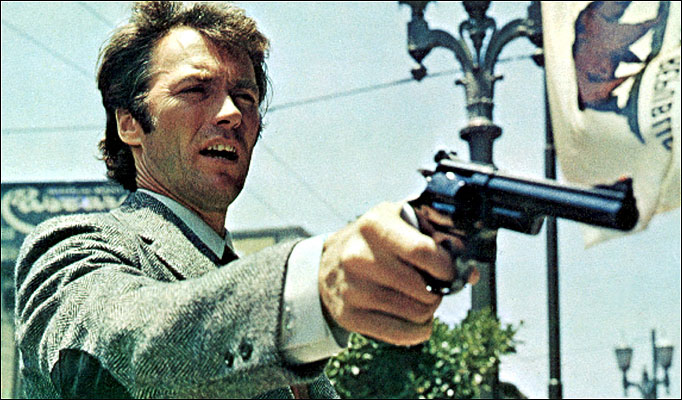
Dirty Harry is undoubtably Siegel’s most well known film and one of his biggest financial successes. Was the film a boundary pusher, especially for the New Hollywood movement? Absolutely. Does the film stand the test of time today? No. 1971 brought a new violent realism to mainstream audiences that would not only shape film in the 1970’s, but the films that are released today. Major studios broke the cinematic standards in a big way with The French Connection, Dirty Harry, A Clockwork Orange, and Straw Dogs all being released within months of each other. Audiences were floored not only by the aggressive violence, but for the first time they were seeing characters who were supposed to always do right, repeatedly break rules and go against the moral high ground. Dirty Harry was inducted into the United States’ National Film Registry in 2012 for these reasons, but as time goes on, the film becomes more and more outdated. The dialogue, stereotypes, and attitude of the film just do not hold up even to thrillers that came decades before it.
The story follows Harry Callahan (played by Clint Eastwood) as he ruthlessly hunts the serial killer Scorpio throughout San Francisco. Scorpio is based on the Zodiac Killer who terrorized the Bay Area throughout the 1960s’ and 1970s’. The film works as a good thriller, even when some of the scenes feel like time fillers. Again, Siegel makes San Francisco its own character and the camera work by Bruce Surtees is phenomenal. The film spawned four sequels and hundreds of ripoffs. While it cannot be argued that the film must be mentioned when talking about the New Hollywood movement, future generations may not grant this one with the status of “classic” as it will become more obsolescent as time goes on.
4. Riot in Cell Block 11 (1954)
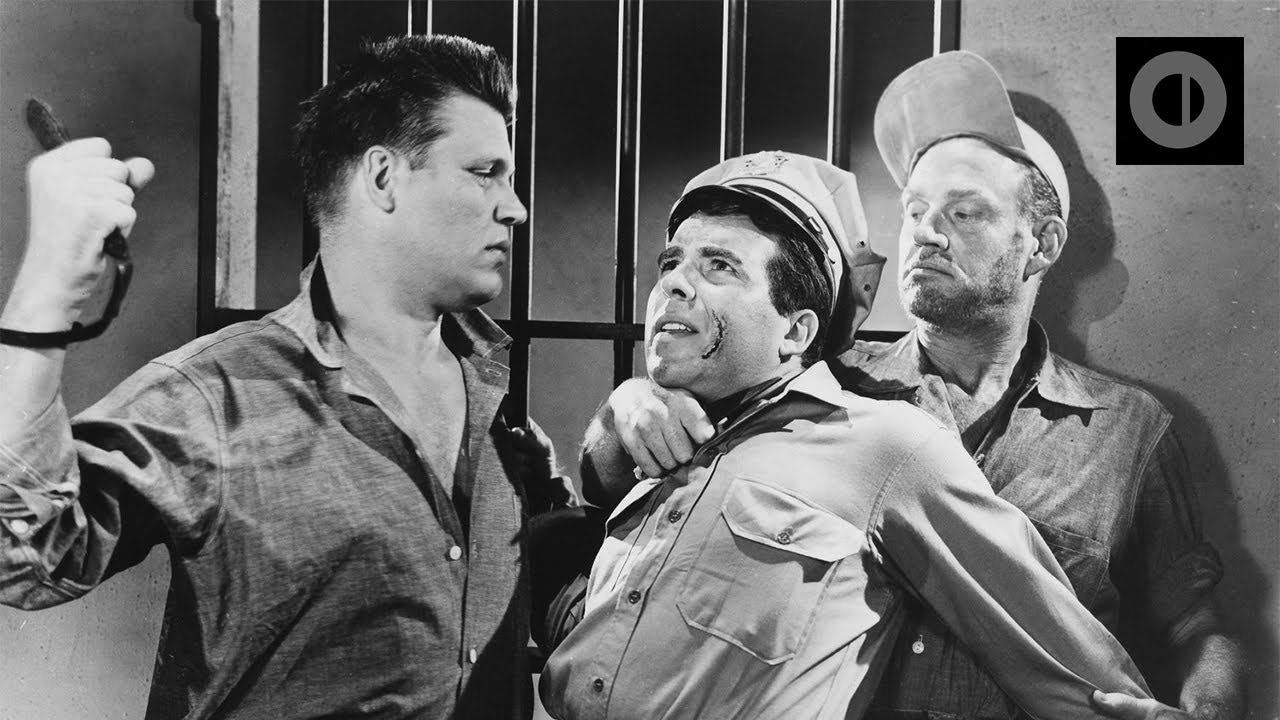
Riot in Cell Block 11 is the first film in Siegel’s catalog, where he jumps to a higher tier of filmmaking. It feels like there is more at stake here than the films that came before it. Possibly, due to the fact, that the film was portraying a prominent issue in the United States at the time, which was the horrid living conditions in prisons. Multiple prison riots occurred throughout the late 40s’ and early 50’s for prisoners demanding higher quality of living standards.
In short, the film follows a gang on prisoners fighting with the powers controlling the prison and eventually rioting for their basic human rights. Siegel decided to shoot the film at Folsom State Prison which lends such an authenticity, opposed to a soundstage. Neville Brand plays the lead prisoner completely losing himself in the role with such conviction. Siegel manages to also keep such a lean film here. At only 80 minutes, a frame is never wasted, there is no fat to be trimmed. 60 years later and Riot in Cell Block 11’s influence is still reflected through modern prison movies and its message has still kept its prominence.
3. Escape from Alcatraz (1979)
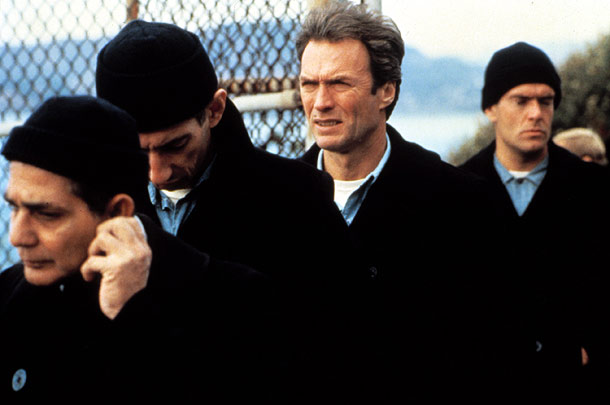
Moving from prison riot to prison escape, Siegel recreates the events of the infamous 1962 Alcatraz escape. The film follows, with remarkable detail to truth and accuracy of what is known of the event, how three prisoners escaped from Alcatraz Island, never to be seen again. The film will be Siegel’s best and final outing with Clint Eastwood. Clint does not resort to his normal tropes here and while his character is tough, it is a different sort of tough. There is almost no arrogance to the performance, just a dedication where all that matters is to escape.
Paul Greengrass has to have been, at least subconsciously influenced by this film. Films like Bloody Sunday and Captain Phillips come to mind here not just because they are dramatizations of actual event, but the way that the story is handled. Simplicity is the key here. The story is told with only what needs to be there, intentionally excluding any filler material. Side plots are never followed, all it is is Clint’s character and his fellow prisoners plotting their escape. Not only that, but the film is on the lighter side when it comes to dialogue, letting the actions of the characters tell the story. Siegel again knocks it out of the park for authenticity, filming the entire movie at in Alcatraz prison, in the same jail cells that the real prisoners escaped from. Escape from Alcatraz is the final great film in Siegel’s filmography that is under discussed and overlooked when talking about the all time great action films.
2. Charley Varrick (1973)
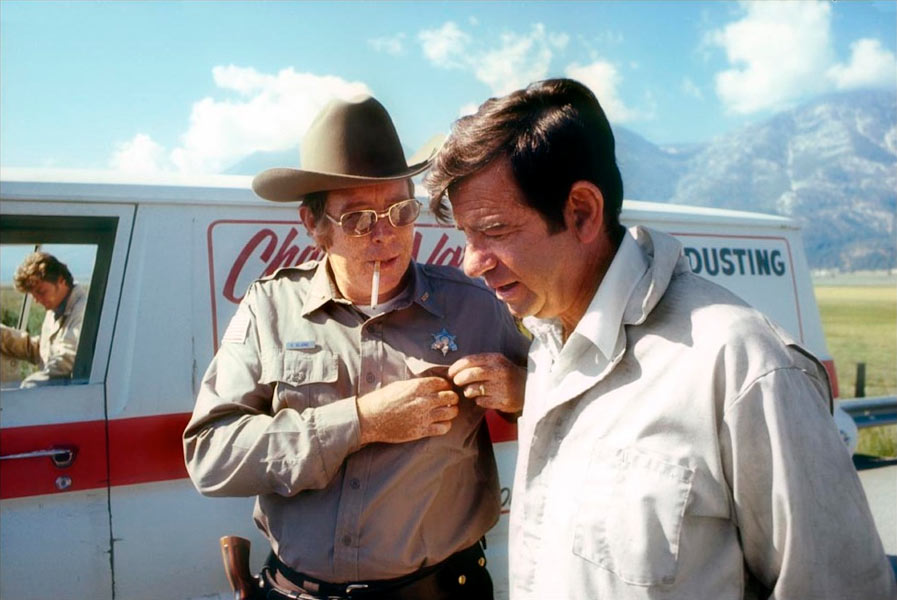
Charley Varrick could easily be in the #1 spot on this list. Even if it is not Siegel’s best film (which it very well may be), it is Siegel’s most exciting film. The story, direction, acting, camerawork are all grand slams. The film follows Walter Matthau as Charley Varrick, a bank robber, who along with his accomplices, robs a bank sheltering money for the mob. What ensues is the white knuckle ride of the mob hunting Charley.
Siegel takes one of the biggest risks of his career here, doing something that has never been done before which is casting Walter Matthau in a leading action role. Matthau could not be better here either, it works because he is the everyday man. He is the “Jimmy Stewart” of 1970s’ cinema. A thousand times more convincing than Charles Bronson or Steve McQueen would be because he could be any of us. Matthau would follow up with three more great thrillers (The Laughing Policeman, The Taking of Pelham 123, and Earthquake) and this would not have been possible without Siegel taking that leap of faith. Andy Robinson, who played Scorpio in Dirty Harry, doesn’t receive enough praise here, playing Matthau’s sidekick. If you haven’t seen Charley Varrick, make this your next movie night, as it is one of the best overlooked 70s’ classics.
1. Invasion of the Body Snatchers (1956)
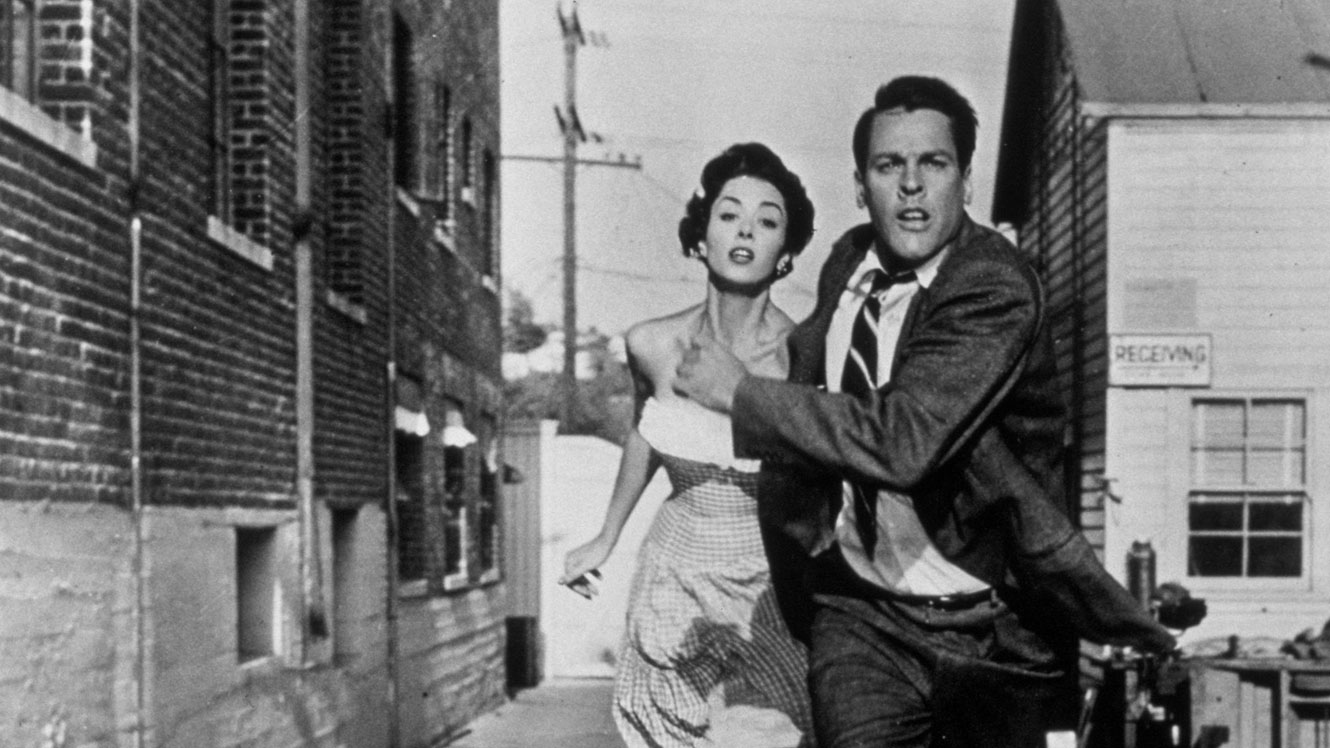
Invasion of the Body Snatchers is such a masterpiece that it was remade in 1978. And in 1993. And 2007. And another remake is in the works at Warners Brothers. This is one measure of how outstanding this film is and how the story can still resonate with audiences generation after generation. The plot of the films follows a small California town where an alien invasion is taking place and the citizens of the town are being replicated. At the time, the film was a scathing statement on Cold War paranoia and McCarthyism. Making its audience think, “Should I fear my neighbors?” To this day, the film is still unsettling, mostly because the film is so direct and so simple. From the first minute of the film, the viewer is thrown right into the story.
Siegel again keeps the films lean at only 80 minutes, with the tempo picking up and up throughout the film. Invasion is mainly a science fiction/horror hybrid, but Siegel’s past ventures in film noir are present here, especially in the cinematography and dialogue. Kevin McCarthy plays the lead as Dr. Bennell, who is trying to convince the town that something is going wrong. His distress is completely convincing as he falls more and more into desperation. There is no doubt that Invasion will maintain its relevance and its lingering dread for many years to come. By the end of the film when Kevin McCarthy is screaming “You’re next!” on a crowded freeway, most viewers will be itching to watch this absolute masterpiece again.